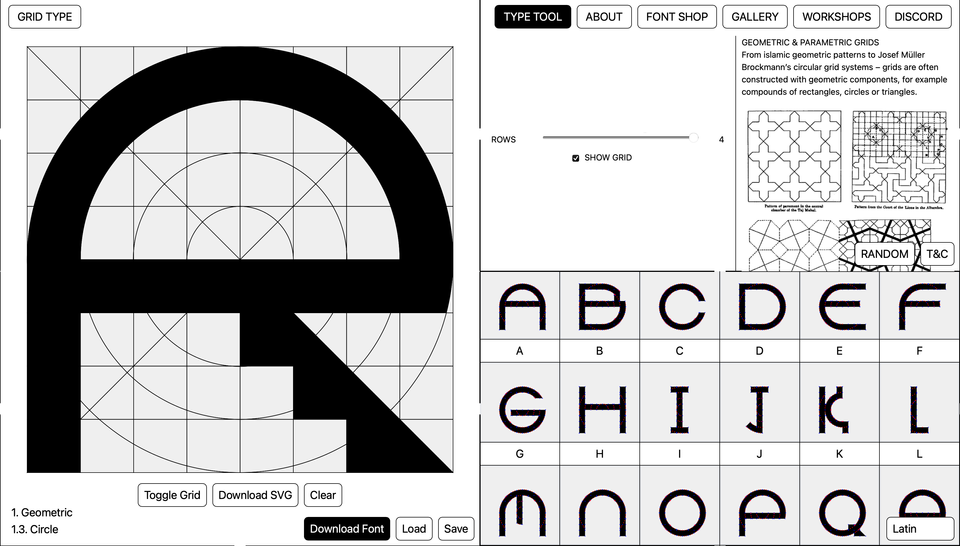Experiencing projection mapping
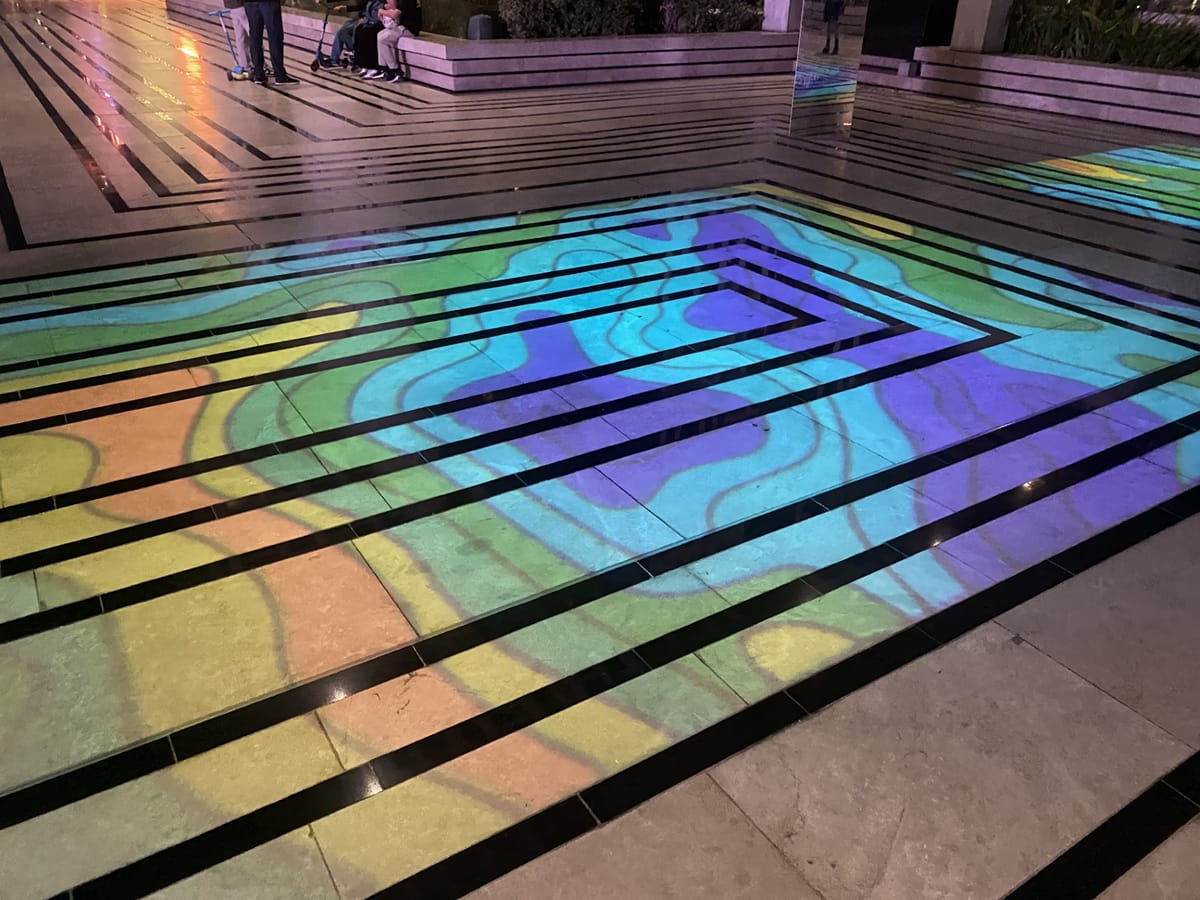
One of the first tasks in the 5.2 module was to reflect on a previous project and explore a new technology would could have been incorporated theoretically. I chose and researched projection, and through this, I learnt about the different types of projection and how they are used. The one that stood out to me as the most unique and with interesting prospects was projection mapping, a way to actively transform a space and make it interactive. My post about this is here:
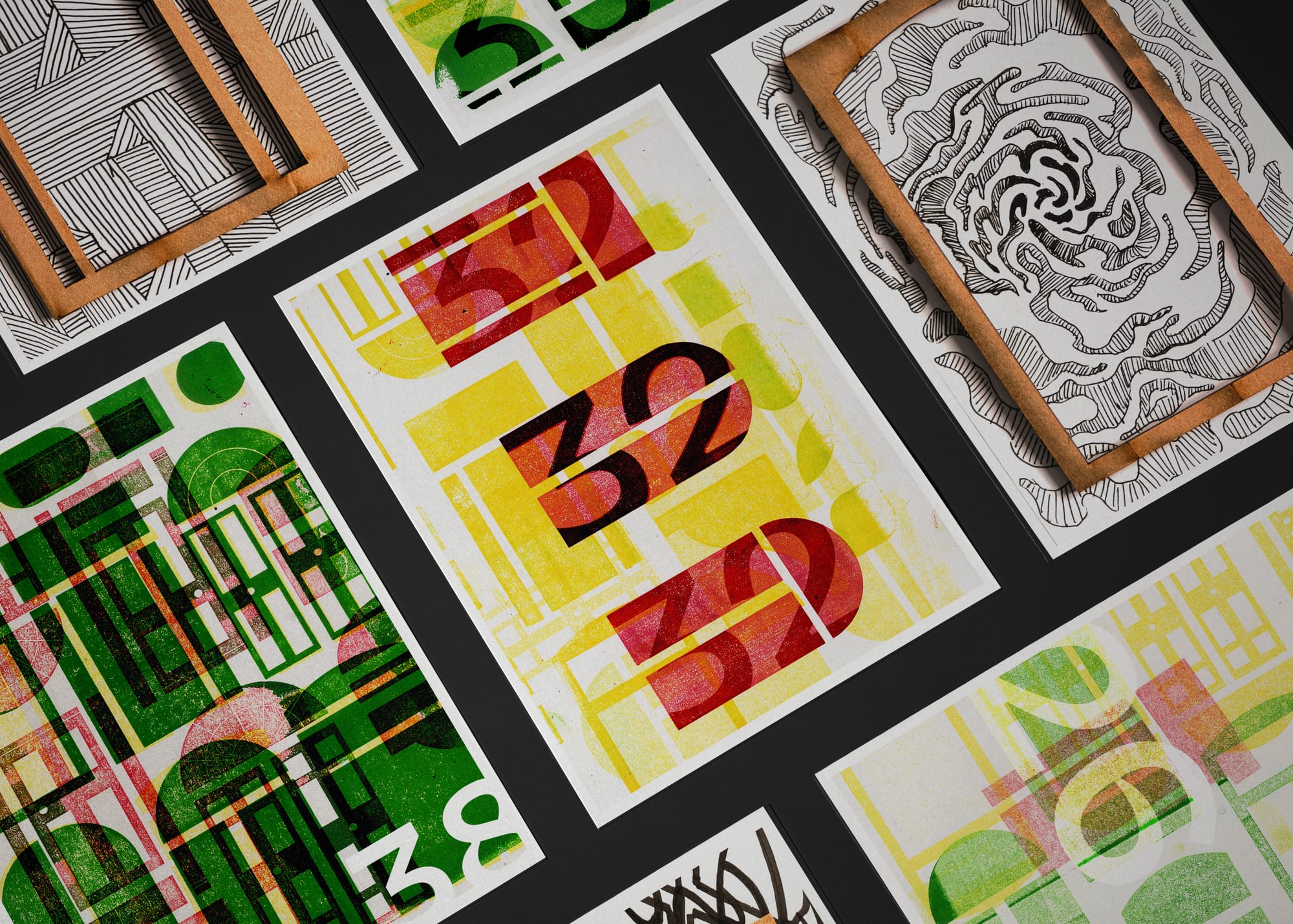
After I had written this post and done research I got to experience projection mapping in person, which allowed me to see what it's like to experience, but also what the limitations and flaws are that I couldn't understand by looking at examples on the internet.
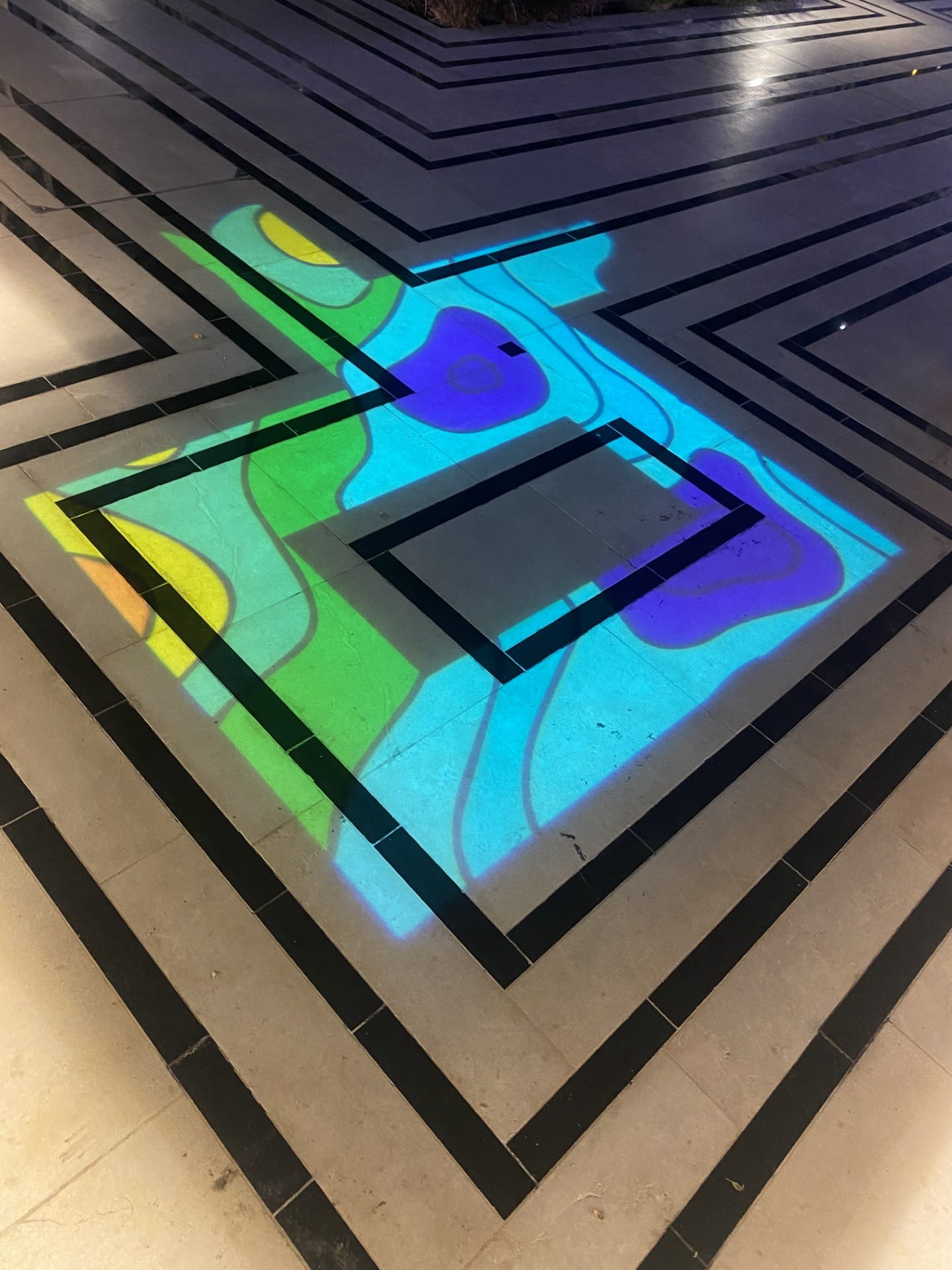
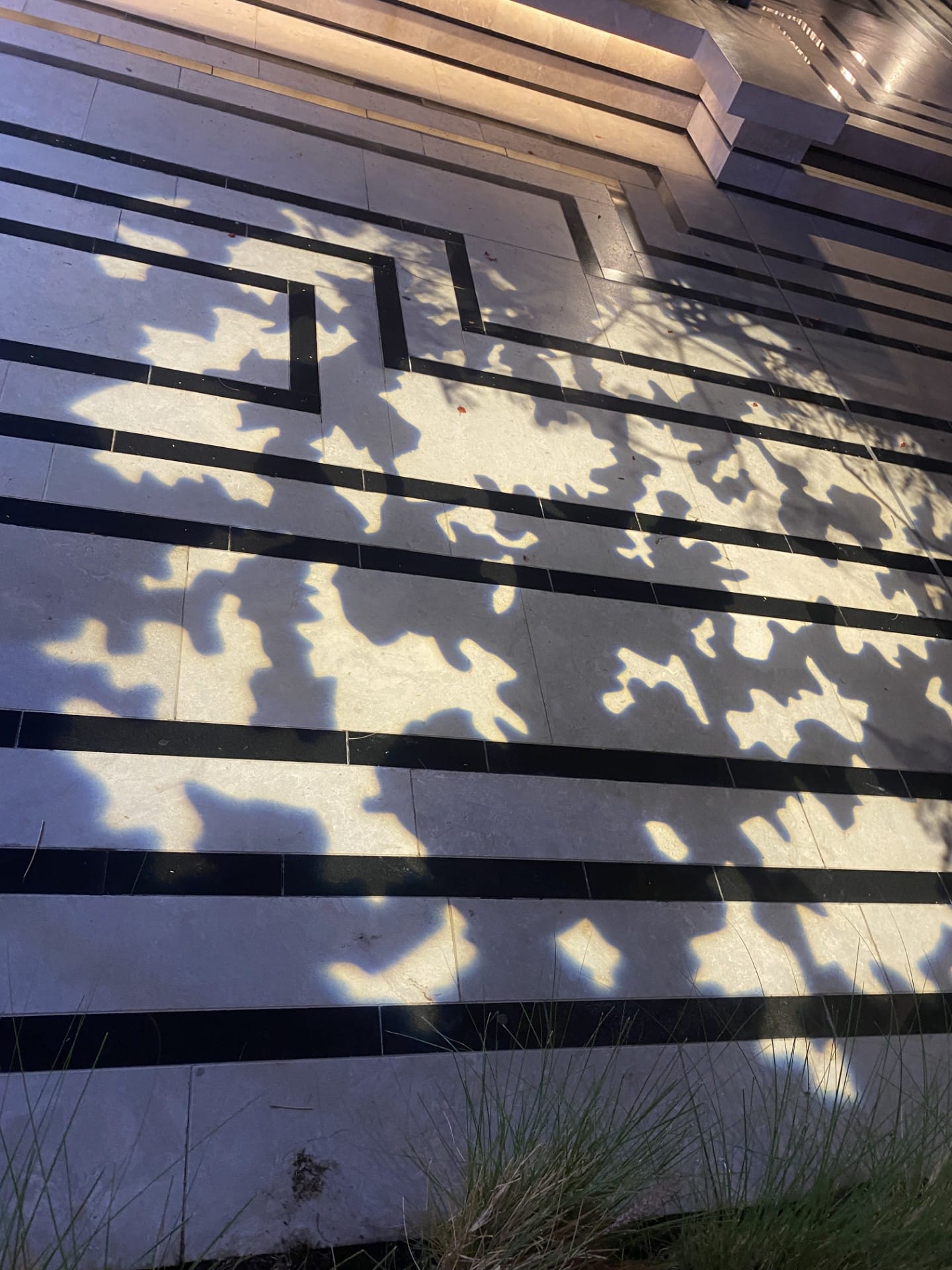
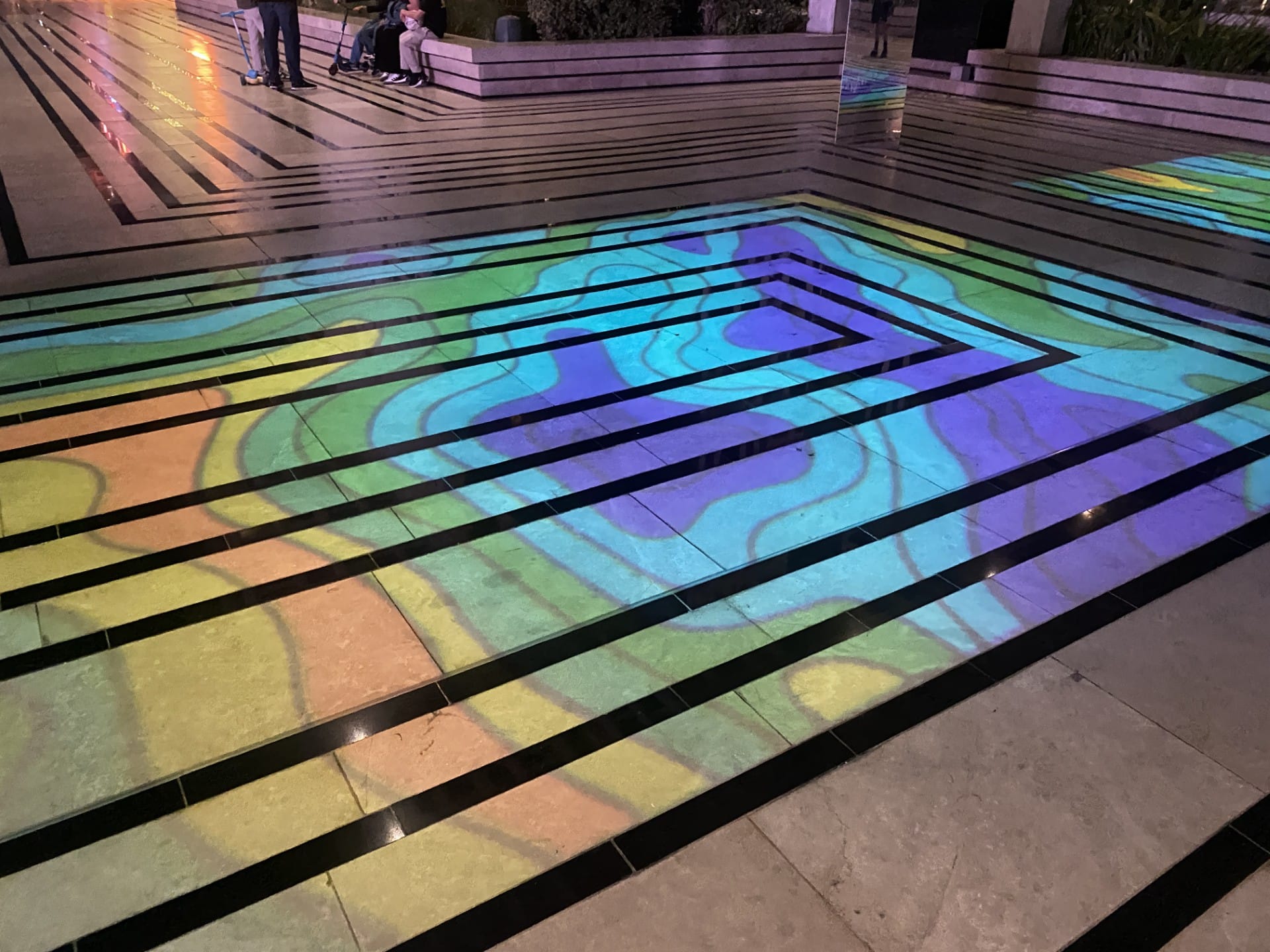
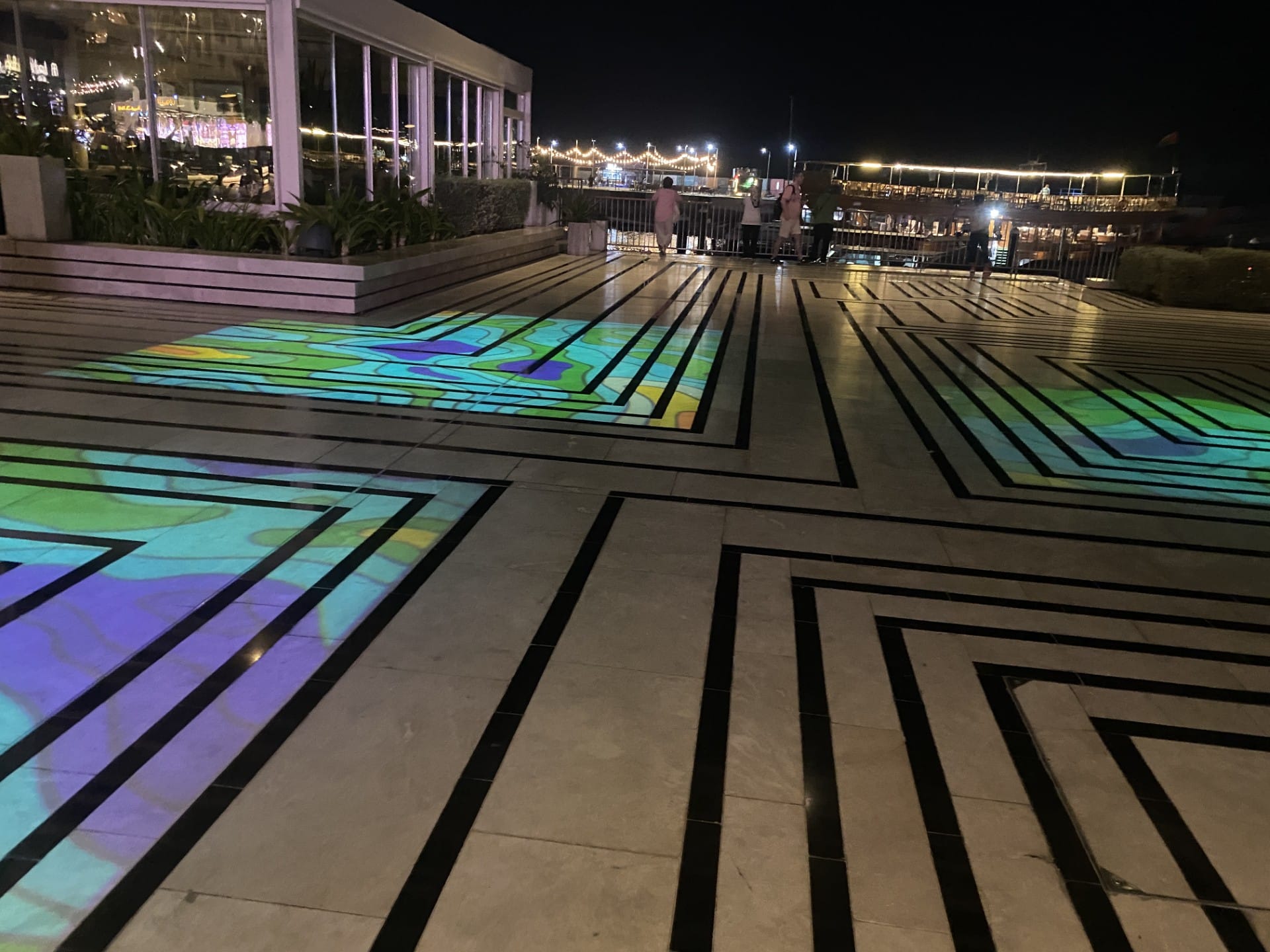
This was located in a small square by a dock in Muscat, Oman. It was a really nice addition to the environment as in the warm evening families were out for meals and walks to look at the pier, in the square kids ran around and played making shadows in the projections (me included). Projected were irregular shapes that overlayed matching tiles with a topagraphical pattern, as well as leafy splatter pattern.
- The first issue I noticed is accuracy; as most of the projections were slightly off which I did find a little annoying, but I could see how this would happen easily as a small movement of the projector, placed high on a pole, would result in a significant change of position.
- Another thing, not necessarily an issue, but something to be aware of is brightness and vibrancy. I'm sure this limitation varies on location as this was outside(at night) with shops around that had lights which all factors in. But the brightness and vibrancy were a little less than I expected.

#projection other posts about projection

my post about different types of projections

